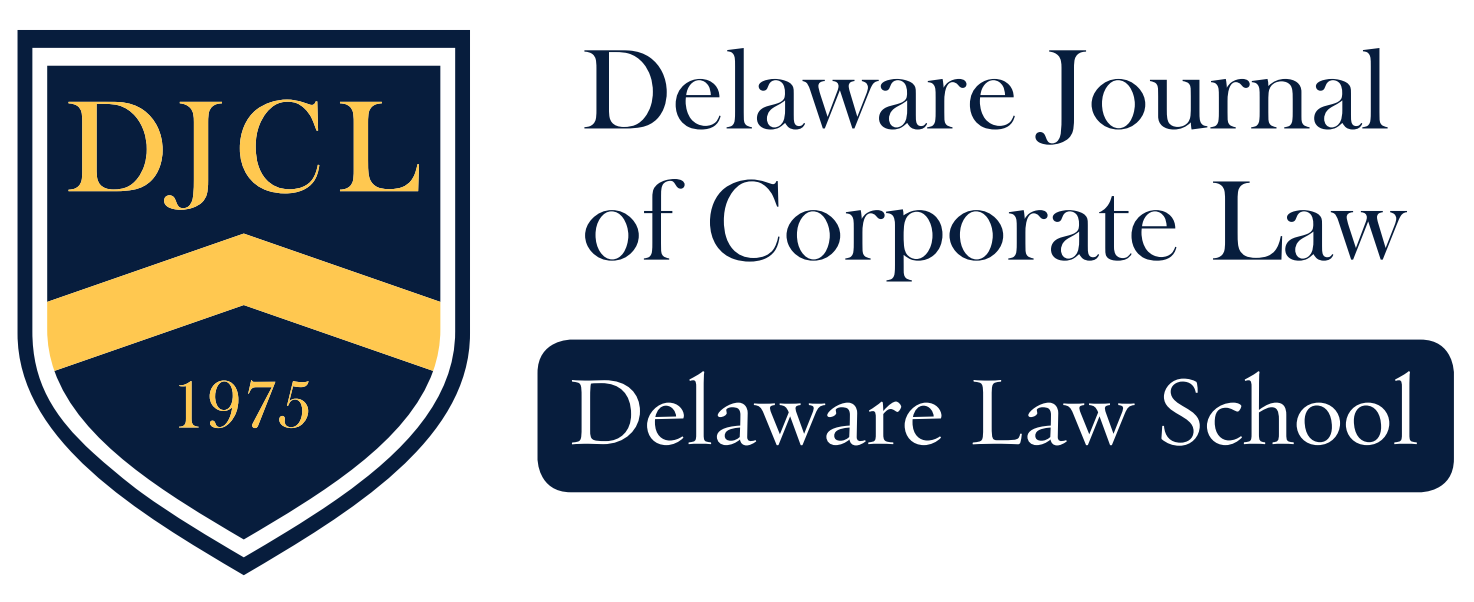By Nkemakunam Obata
The Corwin doctrine applies when a fully informed, non-coerce, majority of disinterested and independent stockholders approves a transaction (providing it does not involve a conflicted controller).[1] Although the case was decided in 2015, in recent years, courts saw an uptick in merger litigation, the application of the Corwin doctrine.[2] Furthermore, the trend is expected to continue with Delaware courts. Obtaining dismissals under the Corwin doctrine, the Delaware courts began to scrutinize the adequacy of disclosures to ensure votes were fully informed. Additionally, the courts viewed the vote of the majority of independent and disinterested stockholders was obtained in favor of a transaction.[3] The Corwin doctrine can also serve the purpose of avoiding costly discovery. In addition, Delaware corporate law has long been reluctant to second-guess the judgment of a disinterested stockholder majority that determines a transaction with a party other than a controlling stockholder is in their best interests.[4]
One of the recent court decisions that have applied the Corwin doctrine was in Galindo.[5] The court believed Corwin stands for the general proposition that where a transaction has been approved by a fully informed, uncoerced majority of disinterested stockholders, the business judgment rule applies.[6] Such coercion is presumptively present where a “looming conflicted controller” engages in a conflicted transaction.[7] Moreover, coercion is inherently present in controlling stockholder transactions of both the one-sided and two-sided variety but not in transactions where the concerns justifying some form of heightened scrutiny derive solely from board-level conflicts or lapses of due care.[8] Thus, if a plaintiff does not plead a conflicted controller engaging in the transaction, allegations of breach of a duty of loyalty will not preclude the application of Corwin and will be adjudged to have been cleansed such that the business judgment rule applies.[9] The application of Corwin seems to provide a sense of efficiency in dealing with disinterested stockholders when it comes to sense of disclosures. The doctrine seems to put certain stockholders on notice and to make sure they are paying attention to the investments of these companies and have some sense of involvement. However, this doctrine was not the only trend Delaware courts were experiencing in recent years.
“Control” in the merger context is not just limited to numerical stockholder control but may also be found in situations where a stockholder has effective or de facto control below a numerical majority.[10] These issues are case-specific, and the case law has developed as courts have analyzed what constitutes a de facto controlling stockholder in different factual settings.[11] In Blue, the court concluded that holding stock is not a prerequisite to being a controller.[12] Moreover, the United States Supreme Court has recognized that a nonstockholder who exercises control over a corporation through a subsidiary that controls the majority of the corporation’s voting power is itself a controller.[13] The courts could not pick otherwise and declare that this was not a situation in which a nonstockholder is not considered a controller. The controller in the subsidiary deserves the right to understand if there is a significant change to their parent companies. Additionally, courts have established that they should take a holistic approach in analyzing if a stockholder is a de facto controller.[14]
These recent decisions have set a standard in the Delaware courts to provide more accurate and efficient rulings regarding stockholders. The current trends in merger litigation provide slight freedom for some companies and give stockholders more control of the company even if they do not have stock. Furthermore, the application of Corwin has made it more efficient for the courts not to pay costly discovery costs to determine if the stockholder is involved or if they need proper disclosure to the mergers.
About the Author
Nkem is a second-year regular division student expected to graduate May 2024. She attended Alabama State University and majored in Business Management. She also competed in business idea competitions throughout her undergrad career such as elevator pitch competitions. Nkem is an active staff editor of the Delaware Journal of Corporate Law. She is also a member of the Black Law Student Association, Transactional Law Honor Society, and is the Treasurer of the Student Bar Association. In her spare time, Nkem likes to enjoy the arts, nature walks, and baking. Nkem plans to practice in Delaware after she graduates from Delaware Law School.
[1] Edward B. Micheletti, Jenness E. Parker, Lauren N. Rosenello, Delaware Corporate Law: Recent Trends and Developments, Skadden, Arps, Slate, Meagher & Flom LLP (April 19, 2022), https://www.skadden.com/insights/publications/2022/04/takeaway-recent-developments-in-delaware-corporate-law.
[2] Id.
[3] Id.
[4] Corwin v. KKR Financial Holdings LLC, 125 A.3d 304, 306 (Del. 2015) (involving stockholders in a limited company (LLC) that was acquired by a limited partnership brought action against the limited partnership and the LLC’s broad of directors, among others, alleging breach of fiduciary duty in regard to the merger).
[5] Galindo v. Stover, No. 2021-0031-SG, 2022 WL 226848, at *1 (Del. Ch. Jan. 26, 2022) (The matter is a damage action by former stockholders of Noble Energy, Inc. (“Noble”) resulting from a stock-for stock merger (the “Merger”) with Chevron Corporation (“Chevron”) in late 2020. Id. The defendants were directors and officers of Noble at that time. Id.
[6] Id. at *6.
[7] Galindo, 2022 WL 226848, at *6
[8] Id.
[9] Id.
[10] Micheletti, et al., supra note 1.
[11] Micheletti, et al., supra note 1.
[12] Blue v. Fireman, No. 2021-0268-MTZ, 2022 WL 593899, at *1 (Del. Ch. Feb. 28, 2022). In the fall of 2020, the broad of a cannabis company worked to finalize its pending merger with a special purpose acquisition company (“SPAC”). Id. Just as the deal was nearly complete, the target company’s largest creditor stepped forward and demanded a series of favorable amendments to debt and warrant agreements, of which the creditor was the primary beneficiary. Id.
[13] Id. at *16
[14] Transcript of Oral Argument at 128–29, In re MPM Holdings Inc. Appraisal & Stockholder Litigation, (Del. Ch. 2022) (No. 2019-0519). The Court concluded that a 41% stockholder was a controller, citing factors including: board meetings held at stockholder’s offices; an amended services agreement between the company and a controller-controlled entity; and other parties treating stockholder as the de facto controller.

